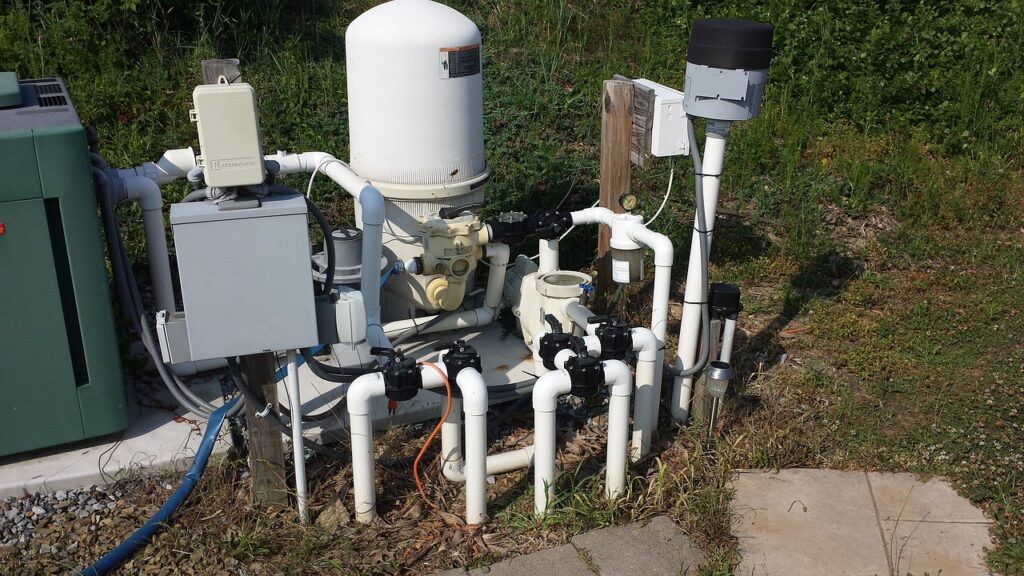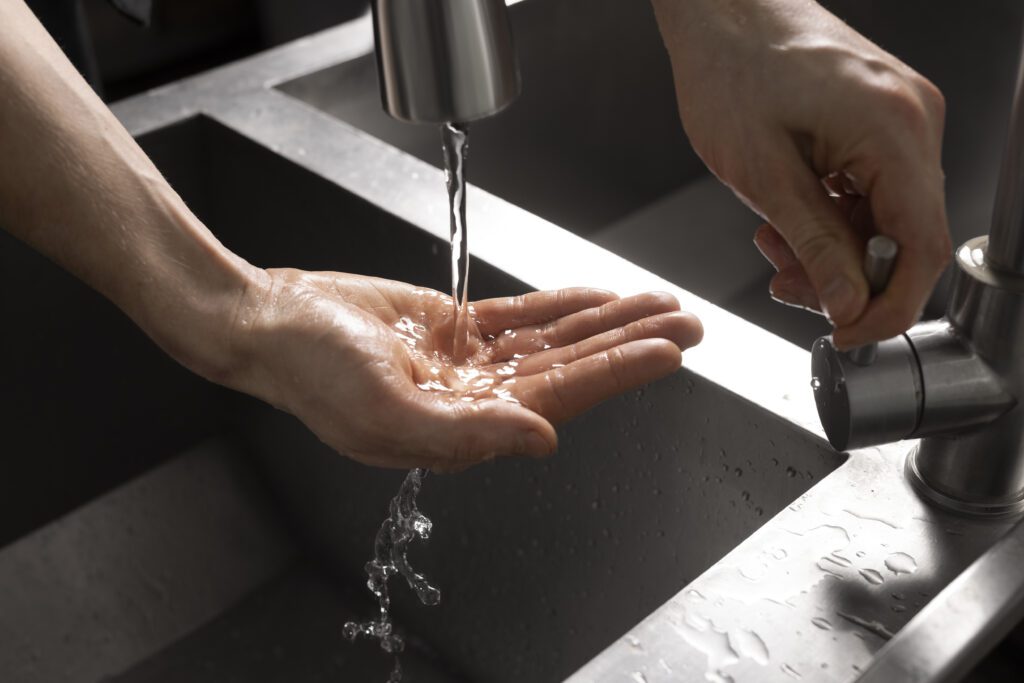Water is a crucial part of our daily lives. From hydration to cleanliness, we rely on water for our well-being and comfort. However, ensuring the purity and safety of the water that flows into our homes is often a complex and overlooked task.
In this extensive guide, we will help homeowners filter out the world of water treatment and backflow prevention systems. By focusing on the right choices, you’re not just improving the functionality of your home; you’re safeguarding your family’s health. Ready to make a splash into the world of water wellness? Here’s how to choose and implement the best systems for your needs.
Understanding Water Quality
Before you can treat your water, you need to understand what you’re up against. Water quality varies greatly depending on your location and can be impacted by a multitude of factors.
Factors Affecting Water Quality
Water quality in your home can be influenced by:
- The source of your water supply (public or private well)
- The geological composition of your area (which can lead to high mineral content)
- Nearby land use (agricultural runoff, industrial waste)
Common Contaminants Found in Household Water
Typical contaminants include:
- Sediments and particulates
- Dissolved minerals such as calcium, magnesium, and iron
- Microorganisms, including bacteria and viruses
- Harmful chemicals like chlorine, chloramines, and pesticides
By testing your water quality, you can pinpoint which contaminants are present and take targeted steps to eliminate them.
Types of Water Treatment Systems
Now that you know the importance of water quality, you need a treatment system that filters out common household water contaminants. The market is flooded with water treatment options, each with its own set of advantages and limitations. Diligent research is vital for choosing the most effective and cost-efficient option.
Filtration
Water filters are designed to remove impurities by passing water through a physical barrier. They come in various forms, from simple pitcher filters to complex reverse osmosis systems. They are effective at removing a wide range of contaminants, depending on the type of filter.
These systems are low-maintenance, only needing periodic changes of filter media.
If you’re planning on purchasing a filtration system, you must note that initial installation costs can vary widely based on system complexity. Furthermore, different filters have specific requirements for efficiency, such as pressure and temperature levels.
Water Softeners
If hard water is your nemesis, water softeners are the hero. They use a process called ion exchange to reduce the mineral content, primarily calcium and magnesium. These bad boys reduce scale buildup in pipes and appliances. They also improve lathering and the efficacy of soaps and detergents.
When considering this option, remember that not all homes require water softening, and over-softened water can lead to other problems. Also, softeners require the additional use of salt, which needs to be monitored and refilled regularly.
Disinfection
For households concerned with harmful microorganisms, water disinfection systems provide peace of mind. UV sterilization and chemical treatments are common methods, which are highly effective at killing bacteria and viruses. They have minimal impact on water taste or other physical properties, making them safe for consumption.
You should also take note of the downsides of these systems. UV systems require a power source and regular maintenance to ensure bulbs are functioning properly. Some chemical treatments can be harsh and may require professional handling.
The bottom line is each home’s treatment needs are unique, so it’s crucial to consider what matters most to you in the treatment process.
Backflow Prevention Devices
Backflow occurs when the flow of water reverses, allowing contaminated water to re-enter the clean water supply. Backflow preventers are critical in safeguarding water purity.
Understanding Backflow
Backflow can be caused by:
- Back siphonage, occurs when higher demand in one system creates a vacuum, pulling in water from another line.
- Back pressure, where pressure from a non-potable system exceeds that of the potable water supply.
Types of Preventers
Several types of backflow preventers exist, each designed for specific applications:
- Atmospheric Vacuum Breakers (AVBs)
- Double-Check Valve Assemblies (DCV)
- Reduced Pressure Zone (RPZ) devices
- Pressure Vacuum Breakers (PVBs)
Your backflow preventer selection should be based on the degree of risk and local regulations.
How to Choose the Right System for Your Home
Selecting the right water treatment system is not only about the water but also about your household’s needs and your unique situation.
Consider Your Water Quality
Start with a comprehensive water quality test to establish a baseline. This step is non-negotiable for an accurate diagnosis of your water’s state.
Assess Household Size and Usage
The number of people in your home directly impacts water usage and the amount of treatment required. That said, large families may need more substantial systems to keep up with demand.
Budget and Long-Term Costs
Installation costs are just the beginning. Consider ongoing maintenance, energy use, and any consumables required, like replacement filters, as part of the overall cost.
Local Regulations
Backflow prevention isn’t just a good idea—it’s often the law. Familiarize yourself with local codes to avoid non-compliance and to ensure the safety of your community’s water supply.
Installation and Maintenance
Once you’ve got your systems ready, the next step is to ensure they’re set up correctly and maintained properly. Water treatment systems can be complex, and a DIY installation might lead to inefficiencies or even contamination. It’s worth it to invest in professional help.
Like other systems, the interplay of components in a water treatment system needs to be maintained. Regular check-ups are the key to long-lasting systems. Create a maintenance schedule and stick to it, or sign up for a service plan with a local water professional.

Water treatment and backflow prevention systems are the unsung heroes of home health. By understanding water quality, choosing the right systems, and implementing them wisely, you’re investing in the longevity and purity of your home’s water. Remember, your involvement doesn’t end with the installation. Be vigilant with maintenance, keep an eye on your systems, and if in doubt, consult with a professional.
Take that leap today. Evaluate your water treatment needs, make an informed choice, and rest easy knowing that the water that nourishes and sustains your family is as clean as can be. Your home is your sanctuary—protect it with the quality it deserves.


